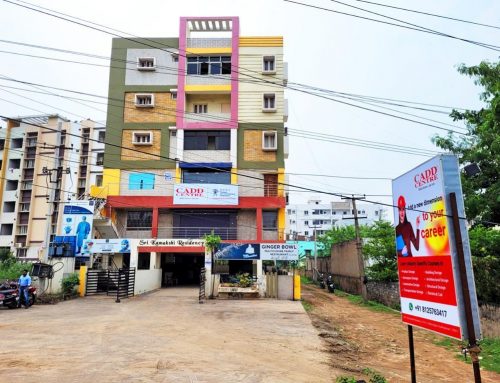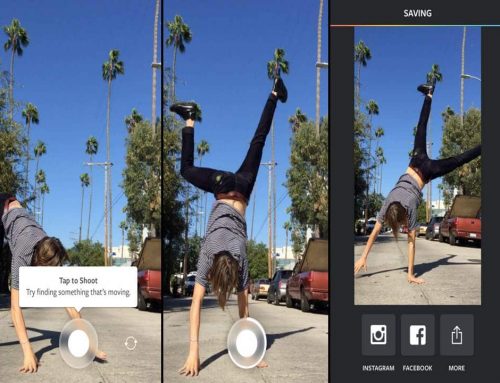Have you been wondering what analog photography or digital photography is all about?
Well, for a start, Analog photography is a traditional method of taking pictures that uses film. Whereas digital photography uses an array of electronic photo detectors to capture the image focused by the lens.
Are you confused as to what type of photography you are going to concentrate on? To help you decide, discussed below are the pros and cons in using analog photography and digital photography.
A. Analog Photography
Advantages
- Film has higher resolution. It is ideal for very large prints, like landscapes.
- Film produces a “first-generation” image which shows a direct representation of the light that entered the camera.
- High-end film cameras are usually less expensive and they will not become obsolete any sooner.
- The film’s dynamic range, which includes its ability to retain details, highlights and shadows, is greater.
- Film can be double-exposed.
- Film cameras have longer battery life.
- Shutter lag is less likely to happen.
Disadvantages
- Takes much more work in order to create an image.
- The quality of the prints from the negatives largely depends on the skills and tastes of the person creating the prints.
- Storing negatives and prints would eat up lots of space.
- Hand-labeling the prints or negatives could take so much time.
- Buying and processing films may incur large expenses.
- You can’t view your shoots right away. You must wait until the film is developed to see the output.
B. Digital Photography
Advantages
- Is more convenient to use.
- It’s ideal for electronic sharing, which include email sending and online galleries.
- Digital cameras are usually lighter and a single memory card can store more photos.
- It is easy to import photos into an image editing software, like Photoshop.
- It’s easier to print photos.
- You do not need to label the photos by hand since EXIF data is recorded for each and every shot by the camera.
- Digital cameras are capable of higher speeds, so they perform better in low-light situations.
- You can view the shoot right after you take it since the digital camera has viewing capability.
Disadvantages
- Digital cameras are not very good in handling highlights.
- Long digital exposure can cause a noisier image.
- Images may be lost if your computer crashes.
- Digital cameras are more expensive than film cameras.
In conclusion, neither of the two types of photography is better than the other. The secret is in the skills of the photographer. As a photographer you must choose the type that you think works better for you. You may also choose which type to use base on your budget and your personal preferences.



Leave A Comment